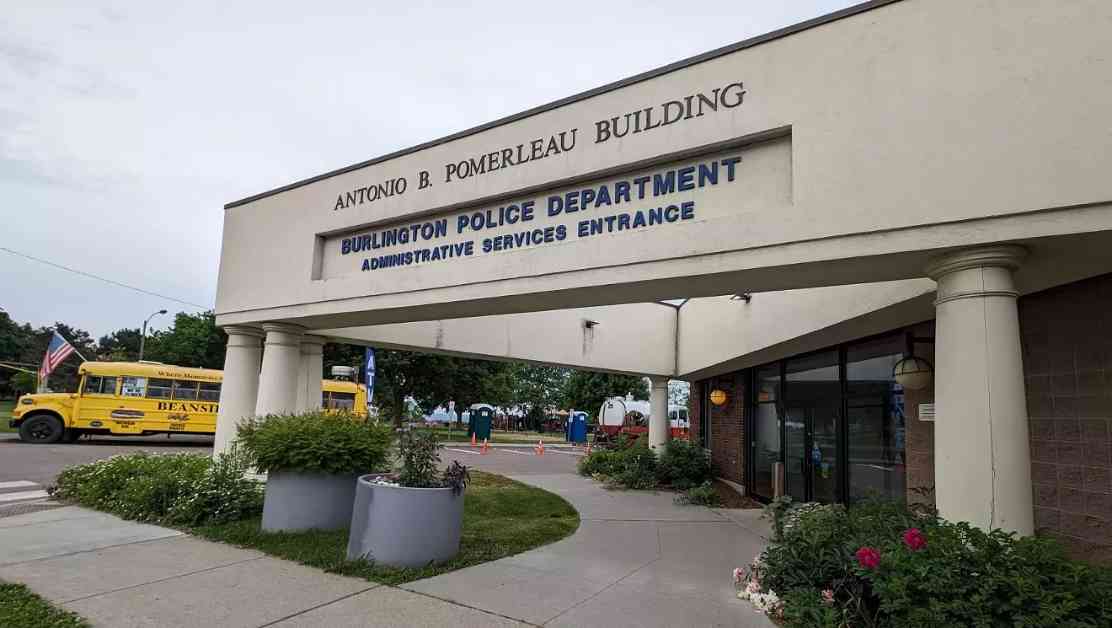Burlington City Council Votes to Remove Police Roster Cap
In a recent city council session, Democrats successfully pushed to eliminate the controversial 87-officer cap on the Burlington Police Department roster. This decision, which has sparked heated debates and discussions around public safety for several years, marks a significant shift in the ongoing narrative concerning law enforcement in Burlington.
The resolution, aimed at showing support for a police department plagued by staffing challenges and low morale, does not specify a new numerical limit for the department. Instead, it delegates the determination of the police force’s size to the city’s budget and recruitment strategies. Despite recent efforts to entice new recruits with attractive hiring bonuses and increased wages, the department currently employs fewer than 70 officers.
During the council meeting, which took place on Monday night, the vote on lifting the roster cap was divided along party lines. While the five Democrats supported the measure, five Progressives opposed it. Independent Councilor Mark Barlow, representing the North District, aligned with the Democrats in voting to remove the cap.
This decision comes shortly after the departure of Police Chief Jon Murad, who recommended reverting to a 105-officer roster – the previous maximum headcount before the 2020 vote that reduced the department’s size through attrition. Instead of reinstating a strict cap, the resolution emphasizes flexibility, allowing the city’s financial resources and recruitment capacity to dictate the police force’s size.
Notably, the resolution has drawn criticism from Progressives, who argue that the city’s struggle to reach the existing roster cap renders this move symbolic and ineffective in expediting recruitment efforts. Conversely, Barlow and the Democrats believe that removing the cap demonstrates solidarity with the police force and could potentially facilitate the hiring process.
Moving forward, the resolution tasks Mayor Emma Mulvaney-Stanak’s administration with identifying and addressing obstacles to recruiting experienced officers from other departments. It also calls for a review of the police budget to allocate funds for hiring and retention incentives, as well as exploring strategies to attract local residents and new Americans to join the force.
In addition to the police roster debate, the councilors also approved several measures to be included on the Town Meeting Day ballot. These proposals include significant bonds for upgrading the city’s water and wastewater treatment systems, as well as addressing deferred maintenance issues. Furthermore, proposed charter changes aim to ban guns in bars and empower the council to establish extended notice periods for landlords terminating leases.
As Burlington navigates these critical decisions, the path forward for the police department and the broader community remains in flux. The outcomes of these resolutions will undoubtedly shape the city’s future trajectory, impacting public safety, infrastructure, and governance in the years to come.









